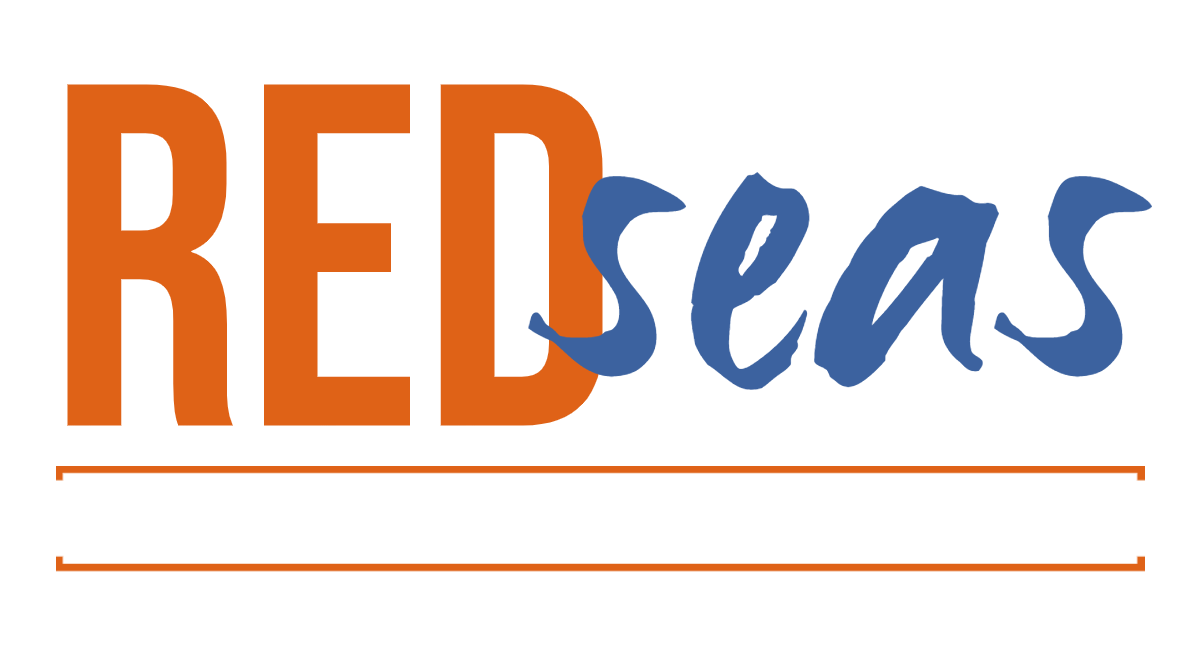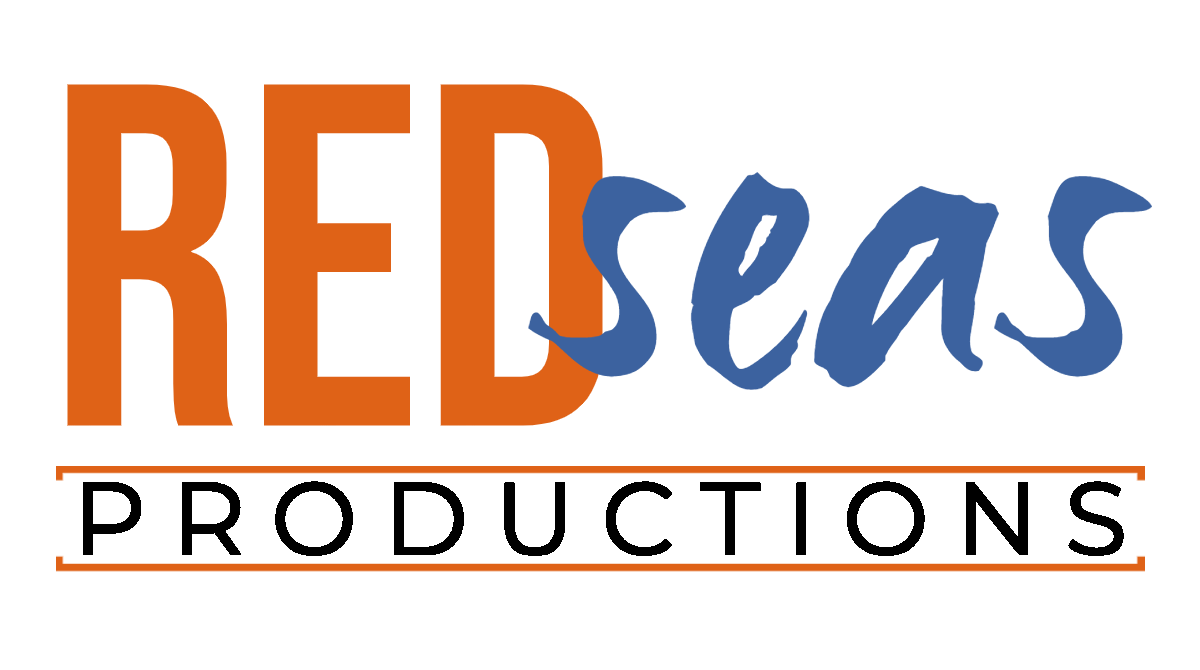The internet is full of buzz words and terms but it can be hard to get a clear picture of what any of them actually mean.
A critical part of any online presence is exposure. After all, what is the point in spending your hard earned cash on a website if no one ever looks at it? But with such a crowded market place, getting your site in front of potential clients can be like searching for a friend at a fireworks display. Your intentions can be clear but with so many other people and distractions, your can end up lost in the noise.
Thankfully, there are some tools at our disposal to make finding your site that much easier. These tools act like signposts and breadcrumbs to help search engines find your site and understand what it is about.

Search Engine Optimisation (SEO)
This is an organic marketing strategy to appear in search listings.
Using Keywords (popular tag’s for your page or post) and Metadata (clear descriptions of your content), search engines analyse these and decide if your website meets the needs of their users.
Much like when you hashtag a photo on instagram or tag a friend in facebook, a good SEO strategy relies on cusing current and popular keywords.
We monitor and curate a wide range of popular keywords using various tools at our disposal to ensure that the most current tags are applied to your webpages and blogs.
By using keyworkds that are being searched for most frequently, your site has a better chance of being seen in an organic web search.
Search Engine Marketing (SEM)
This uses paid for links to appears in search results.
The most visible of these is in the form of ‘ads’ or ‘sponsored’ results that you may have seen at the top of your google and amazon searches.
Companies will pay search engines to have their website appear higher in the results page to improve their exposure to the market. While this can be very effective for niche subjects, it takes megabucks to SEM your soda against the likes of Coke or Pepsi.
SEM can go further however, by paying for other publishers to link to your blogs and articles thus improving your websites rating in search algorithms.
At it’s worst, you may have seen the thumbnail links at the bottom of a fun article on facebook but the best example of this style of SEM is in news articles and journals where the author will reference your blog as a source used in their publication or as recommended further reading.
These links tell search engines that your website is valuable and therefore it would be good to display it higher in their search results as it ‘likely’ has the information the user is looking for.
We have connections with a number of publishers and SEM agencies that can significantly increase the number of backlinks (links from 3rd parties) published directing people to your website.
With a careful balancing of these two tools, it is possible to increase the search-ability of your website and improve client access.
Over the years we have built up a solid understanding of how best to apply these tools and, more importantly, when not to. There is nothing more cringing to see than a site appear out of nowhere with limited history and even more limited content. Search engines can spot this a mile away and will penalise your sites ranking as a result.
Don’t fall in the traps of mismanagement when it comes to SEO/SEM. Let us take care of the balancing act and allow you to stay focused on what you love most, delivering great results to your clients.


Comments are closed